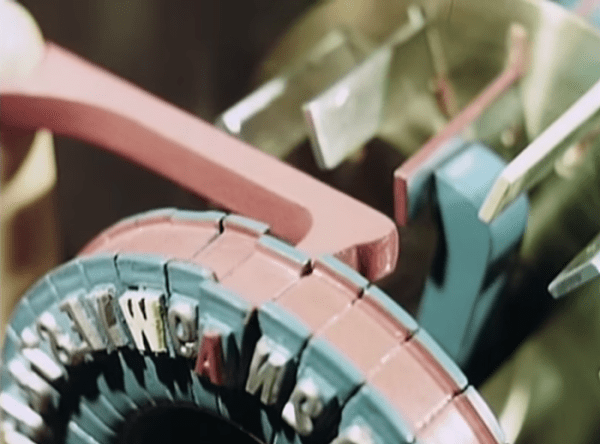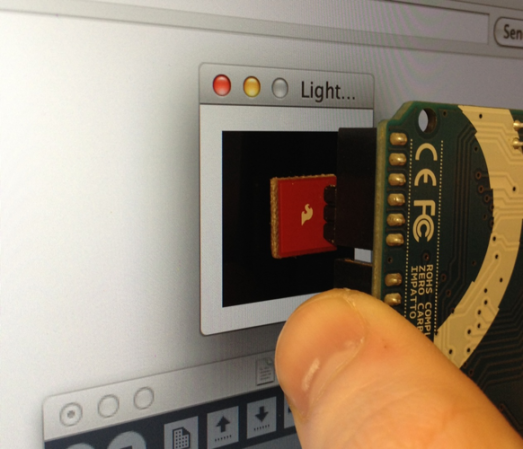[Jeff Geerling]’s latest project is for the birds — literally. Even though he has a brand new high-speed fiber optic internet connection, online backups of YouTube video projects still take hours. He decided to see if the conclusions from a 2009 in South Africa study still hold true today — that using carrier pigeons to send files can be faster than the internet. [Jeff] sets up an experiment to send 3 TB of data by homing pigeon a distance of one mile to establish a baseline. Next, [Jeff] sends the same 3 TB of data over the internet, and donning the cap of honorary pigeon, simultaneously embarks on a journey by air to his off-site backup service in Nova Scotia, Canada.
Never underestimate the bandwidth of a station wagon full of tapes hurtling down the highway.
[Jeff] points out that you also have to consider the transfer time of your files onto and from the pigeon-suitable memory cards. He jumped through several hoops to minimize that, but it still consumed 2-1/2 hours total. Trying to keep the comparison fair, he also spent a couple days optimizing his internet connection to eek out the best possible speed. Continue reading “Is A Pigeon Faster Than The Internet?”




 We love the concept of using an LCD screen to transfer data. The most wide-spread and successful method we know of is the combination of a QR code and the camera on a smart phone. But for less powerful/costly devices data can be transferred simply by flashing colors on the screen. That’s what [Connor Taylor] is testing out with this project. He’s using
We love the concept of using an LCD screen to transfer data. The most wide-spread and successful method we know of is the combination of a QR code and the camera on a smart phone. But for less powerful/costly devices data can be transferred simply by flashing colors on the screen. That’s what [Connor Taylor] is testing out with this project. He’s using 








